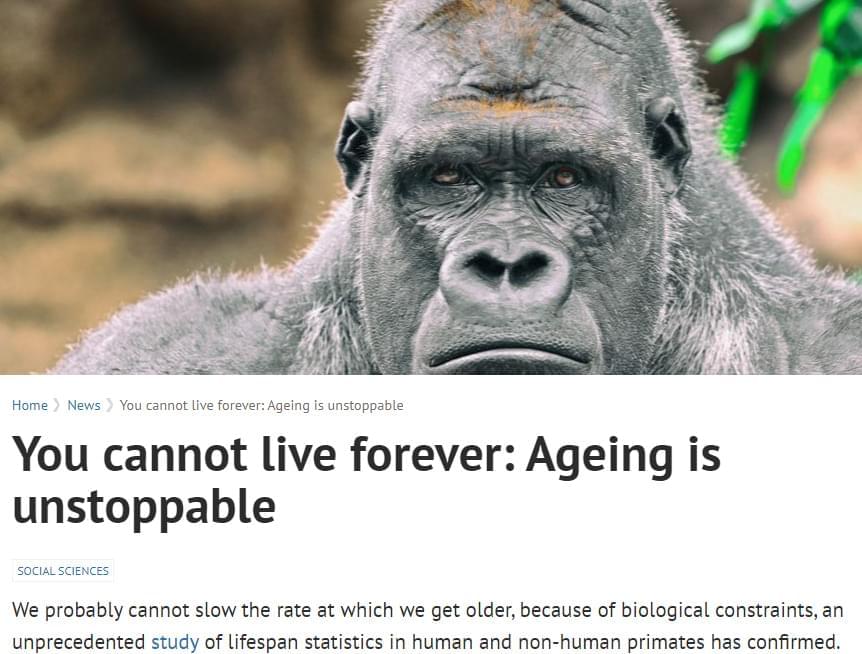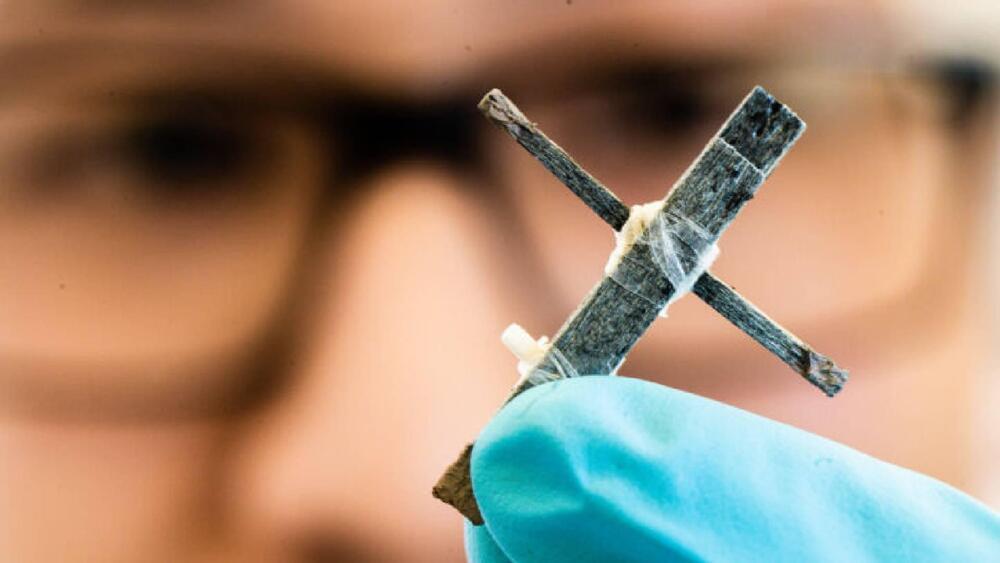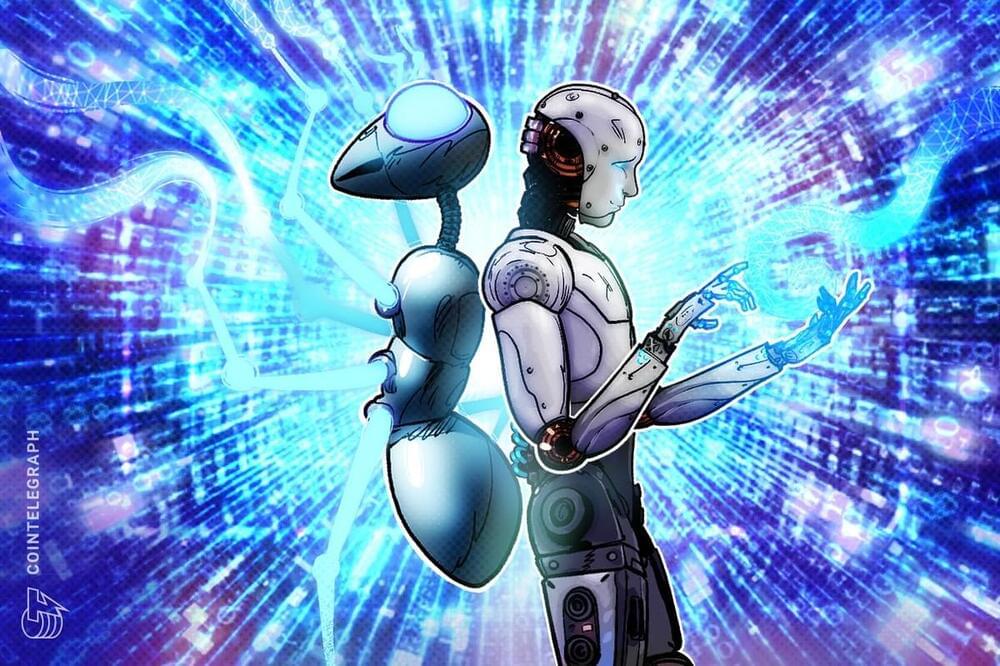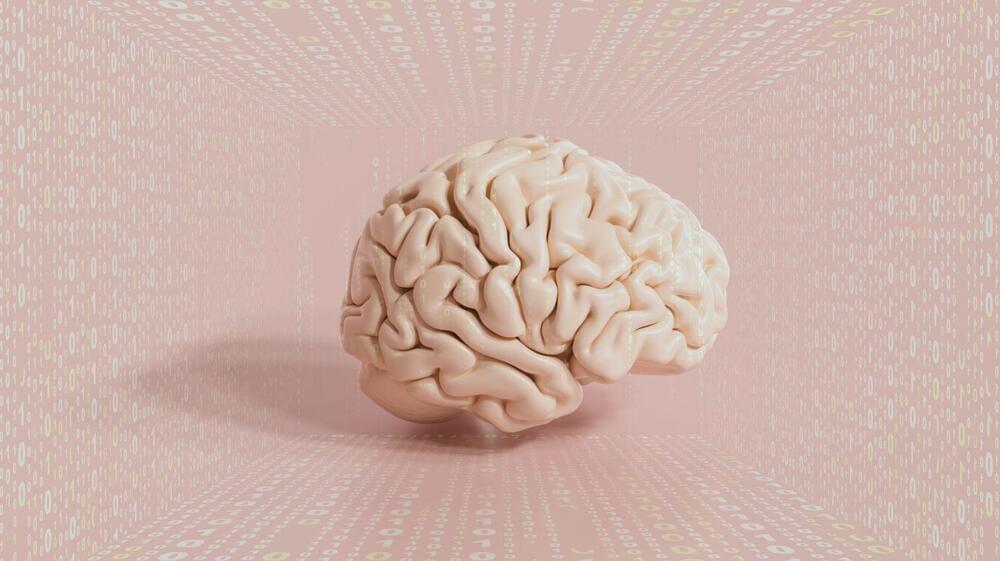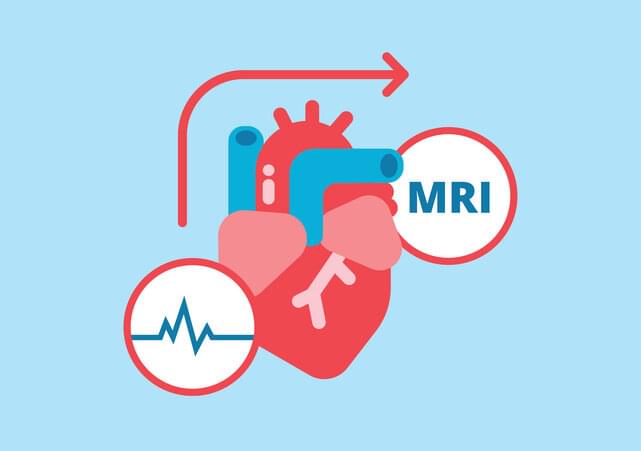
To get an inside look at the heart, cardiologists often use electrocardiograms (ECGs) to trace its electrical activity and magnetic resonance images (MRIs) to map its structure. Because the two types of data reveal different details about the heart, physicians typically study them separately to diagnose heart conditions.
Now, in a paper published in Nature Communications, scientists in the Eric and Wendy Schmidt Center at the Broad Institute of MIT and Harvard have developed a machine learning approach that can learn patterns from ECGs and MRIs simultaneously, and based on those patterns, predict characteristics of a patient’s heart. Such a tool, with further development, could one day help doctors better detect and diagnose heart conditions from routine tests such as ECGs.
The researchers also showed that they could analyze ECG recordings, which are easy and cheap to acquire, and generate MRI movies of the same heart, which are much more expensive to capture. And their method could even be used to find new genetic markers of heart disease that existing approaches that look at individual data modalities might miss.
